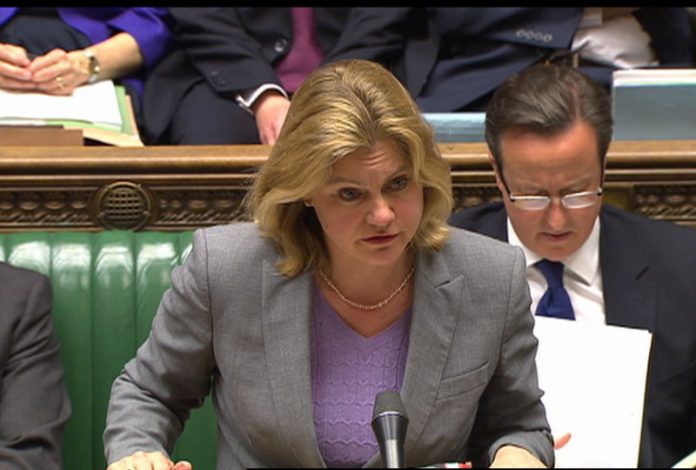Theresa May defended her plan to bring back grammar schools on Thursday, after a photographer snapped pictures of a document containing the proposals was snapped outside 10 Downing Street.
May, who attended a grammar school herself from the age of 13, has always supported a selective state education system in the UK. Education secretary Justine Greening took questions from MPs on the subject on Wednesday morning, making it clear that the government would not be “going back to the past”, but would be part of a “broad based system”.
Selective grammar schools were phased out in the late 1960s after criticism that it categorised children into “winners” and “losers” from a young age. Those who didn’t get into the academic grammar schools went to other schools that focused on learning a trade.
Labour have spoken out against Theresa May’s plans, saying that the grammar school system would lead to “social segregation”. However, May argued that “selection by house price” already exists within the state school system, since wealthier parents are able to buy more expensive houses within a catchment area for the best schools. By making the process open to everyone by examination, it means children from all backgrounds have the opportunity attend the best schools in the area.
Whilst some areas have kept their grammar schools, Theresa May’s plans would mean changing the 1998 law brought in by the Labour government at the time forbidding any further grammar schools from opening. In order to make the grammar school programme as inclusive as possible, May has suggested that they should only be set up where there is parental demand, and that priority would be given to less affluent areas.
The grammar schools are the first indication of the new Prime Minister’s stance on education and are a controversial road to go down. Opinion is heavily divided along party lines, with Labour openly against and many Conservative politicians in support.

